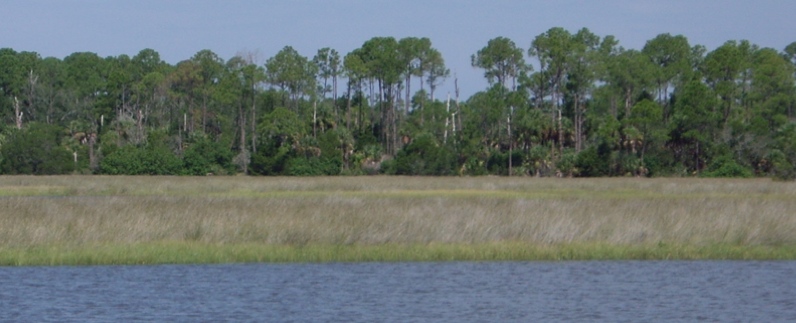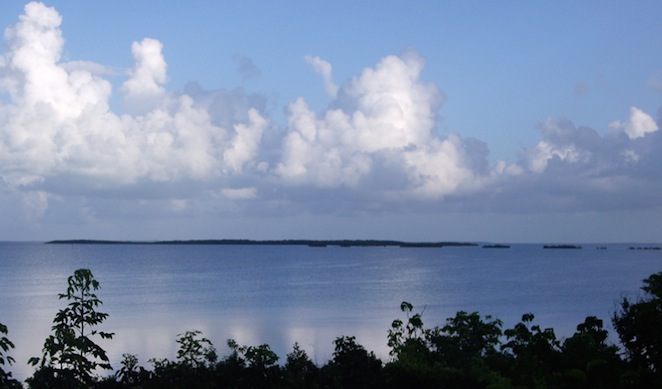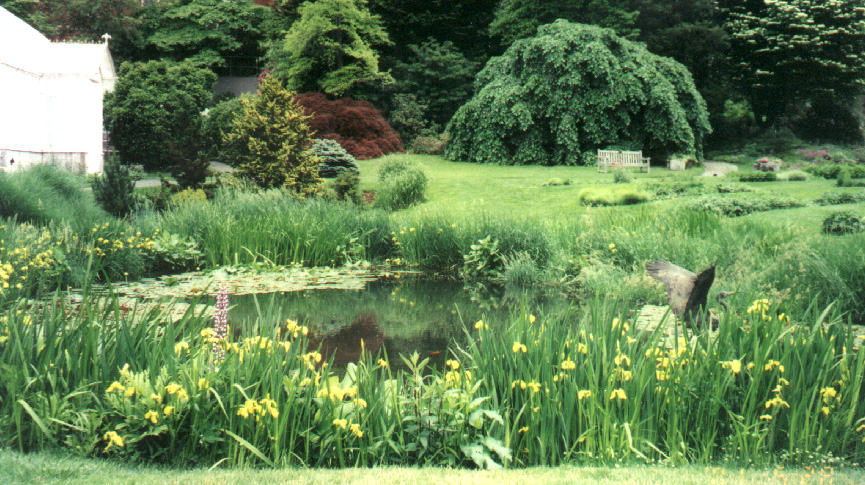Critical habitats
National Wetlands Inventory [USF&WS].
“constant change makes wetlands ecologically rich; they are often as diverse as rain forests.”
“Some wetlands even perform a global function. The Northern peat lands of Canada, Alaska, and Eurasia in particular; may help moderate climate change by serving as a sink for the greenhouse gas carbon dioxide.”
Wetlands also have commercial and utilitarian functions.
They are sources of lucrative harvests of wild rice, fur bearing animals, fish and shellfish.
“nature's kidneys”
I.E. the presence and extensive area of wetlands may reduce organic pollution as they operate as flood water control basins.
wetlands are rapidly disappearing
“Between 1950s and 1970s more than nine million acres- “were wiped out”
California and Ohio… retain only 10 percent of their original expanse
Globally- “6 percent of all land is currently wetland”
The complex dynamics of wetlands complicate efforts to create policies for preserving them.
All these intricate ecosystems
from
- Marshes
- Bogs and
- Swamps and
- Vernal pools
- Playa lakes and
- Prairie potholes
are among the classification of landforms called "wetlands."
“wetlands are shallow-water systems, or areas where water is at or near the surface for sometime”
They are characterized by:
- hydrophilic plants or organisms and hydric soils
- salt marshes and mangrove swamps, permafrost
- “fluctuating water levels are central to all of them.
“Water rises or falls in accordance with tides precipitations or runoff; the activities of humans and other animals can also determine water levels.”
Even when levels fluctuate dramatically, these systems can adjust so that they sustain little permanent damage.
This anomalous feature of wetlands –the way that short-term destruction ensures long-term gain– is poorly understood by the general public
The flooding along the Mississippi, Missouri, and other rivers last summer was especially severe because wetlands had been destroyed as people built on the. These ecosystems could no longer serve to absorb flood waters.
Habitat of both – terrestrial and aquatic
“plants, animals, and microbes are constantly adapting and changing.”
“immense biodiversity of wetlands.”
“Wetlands essentially borrow species from both aquatic and terrestrial realms”
"shifts in water levels serve to trigger nesting by wood storks in Florida and breeding by ducks in prairie potholes.”
“wetlands can serve as reproductive or feeding sites for some species only if they are connected with other waterways.”
“The wetlands then cleanse these waters by retaining sediments as well as phosphorus and other chemicals. Pollutants such as nitrogen can be turned into harmless gases by the aerobic and anaerobic bacteria found there.”
Source, see:
Kusler J, Mitsch WJ, Larson J (1994) Wetlands. Scientific American. 270:1, pp. 64 -70, p. 64-B.
The lower Florida keys are made up of mangrove forests growing in the salty sea atop of a marl substrate that barely rises above the sea surface.
Why Are Wetlands So Important to Preserve?
June 19, 2013
" . . . saturation with water is the dominant factor determining the nature of soil development and the types of plant and animal communities there."
"If all the world’s wetlands were put together, they would take up an area one-third larger than the United States."
" . . . around the world, wetlands are on the “front-line” as development pressures increase everywhere. “Wetlands are vulnerable to over-exploitation due to their abundance of fish, fuel and water,”
“When they are viewed as unproductive or marginal lands, wetlands are targeted for drainage and conversion.”
"“The pressure on wetlands is likely to intensify in the coming decades due to increased global demand for land and water, as well as climate change.”
"One of the key and underlying issues is concern about endangered species: More than a third of species on the U.S. Endangered Species List live only in wetlands and almost half use them at some time during their lifecycles."
" to protect wetlands. [the Federal government] It does so through regulations spelled out in the Clean Water Act, which include providing tax incentives for selling or giving wetlands to land trusts or other conservation groups, via cooperative efforts with state and local entities, and by acquiring wetlands outright to add acreage to public lands systems."
CONTACTS: EPA Wetlands, water.epa.gov/type/wetlands/; Wetlands International,www.wetlands.org.
EarthTalk® is written and edited by Roddy Scheer and Doug Moss.
![]()
Marshes of the Ocean Shore | Productivity | Articles | Islands on the Stream

Why Are Wetlands So Important to Preserve?
Besides recharging groundwater supplies and trapping floodwaters, wetlands serve a variety of important ecological functionsJune 19, 2013

Wetlands Update--Has Preservation Had an Impact?
Development and urban sprawl have caused the destruction of North America's wetlands. Is preservation helping to reestablish them?July 9, 2008

U.S. Wetlands
June 1, 1998 |Rodger Doyle

Wetlands
These havens of biodiversity are often endangered because they can be hard to identify. Understanding their variable characteristics can lead to more successful conservation effortsJanuary 1, 1994 | Jon A. Kusler, Joseph S. Larson and William J. Mitsch
United States Fish and Wildlife Service [USF&WS] of the Department of Interior



 International perspectives on today's news
International perspectives on today's news 